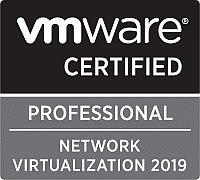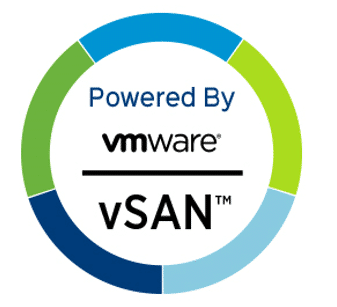VMworld EMEA took place for the 16th time and already for the 8th time in Barcelona. A new visitor record was set. Over 14,000 visitors came to find out about new products and trends. In the General Sessions, CEO Pat Gelsinger, COO Sanjay Poonen and Ray Farell drew a picture of the corporate strategy. VMware’s vision is becoming increasingly clear: Any cloud, any device, with NSX as the neural system and vSphere as the foundation.
The focus on containers and container orchestration was already apparent last year. So it is no surprise that Kubernetes was one of the main focal points of this VMworld.
Tanzu Mission Control
Tansu (yes, with “S”) in Japanese refers to an antique mobile piece of furniture. A chest or cabinet. Also, in the Swahili language, the term tanzu means “branch” or ” twig”.
https://blogs.vmware.com/cloudnative/2019/08/26/vmware-completes-approach-to-modern-applications/
Project Pacific
One of the most important announcements was Project Pacific. This is nothing less than a complete redesign of the vSphere platform, which should be able to run native Kubernetes workloads in the future. Project Pacific merges the vSphere and Kubernetes platforms. Customers who have already invested in their vSphere infrastructure in the past will be able to leverage this investment to run Kubernetes clusters in the future without making new hardware expenditures.
A deeper look into Project Pacific is outlined on the vSphere Blog entitled “Project Pacific – Technical Overview“.
Acquisitions
VeloCloud
The acquisition of VeloCloud, whose products are now being integrated into the VMware portfolio, was announced back in 2017. VeloCloud connects enterprise sites to a virtual overlay using virtual or physical appliances via broadband uplink or MPLS. Unlike many other over-the-top (OTT) providers, VeloCloud operates a global points-of-presence (PoP) network. Within a region, SD-WAN nodes connect to each other via these PoPs.
AVI-Networks
In June 2019, VMware announced its intention to acquire AVI Networks. VMware is thus closing a gap in its NSX portfolio. With the acquisition of AVI-Networks, enhanced load balancing capabilities can be integrated into NSX-T.
Carbon Black
The acquisition of Carbon Black by VMware was completed shortly before VMworld EMEA 2019. Carbon Black develops cloud native cybersecurity solutions. This technology can now be seamlessly integrated into many VMware products.
Pivotal
The acquisition of Pivotal by VMware has not been completed as of this date. Pivotal was founded as a spinoff of Dell and VMware. Pivotal’s core product is Pivotal Cloud Foundry (PCF), a cloud application platform that enables developers to manage applications instead of infrastructure. Pivotal Cloud Foundry is a container-based open source cloud-native platform promoted by VMware Tanzu.
Pivotal’s solutions will be at the center of VMware’s Tanzu product and service offering, which is designed to help customers develop, run and manage their core applications with Kubernetes.
vSphere7 will be launched later
Many visitors had eagerly awaited the announcement of vSphere 7. However, we still have to wait a few months until the next major release will be released.
VMworld 2020
The next VMworld EMEA is scheduled for November 9th to November 12th 2020 in Barcelona.






